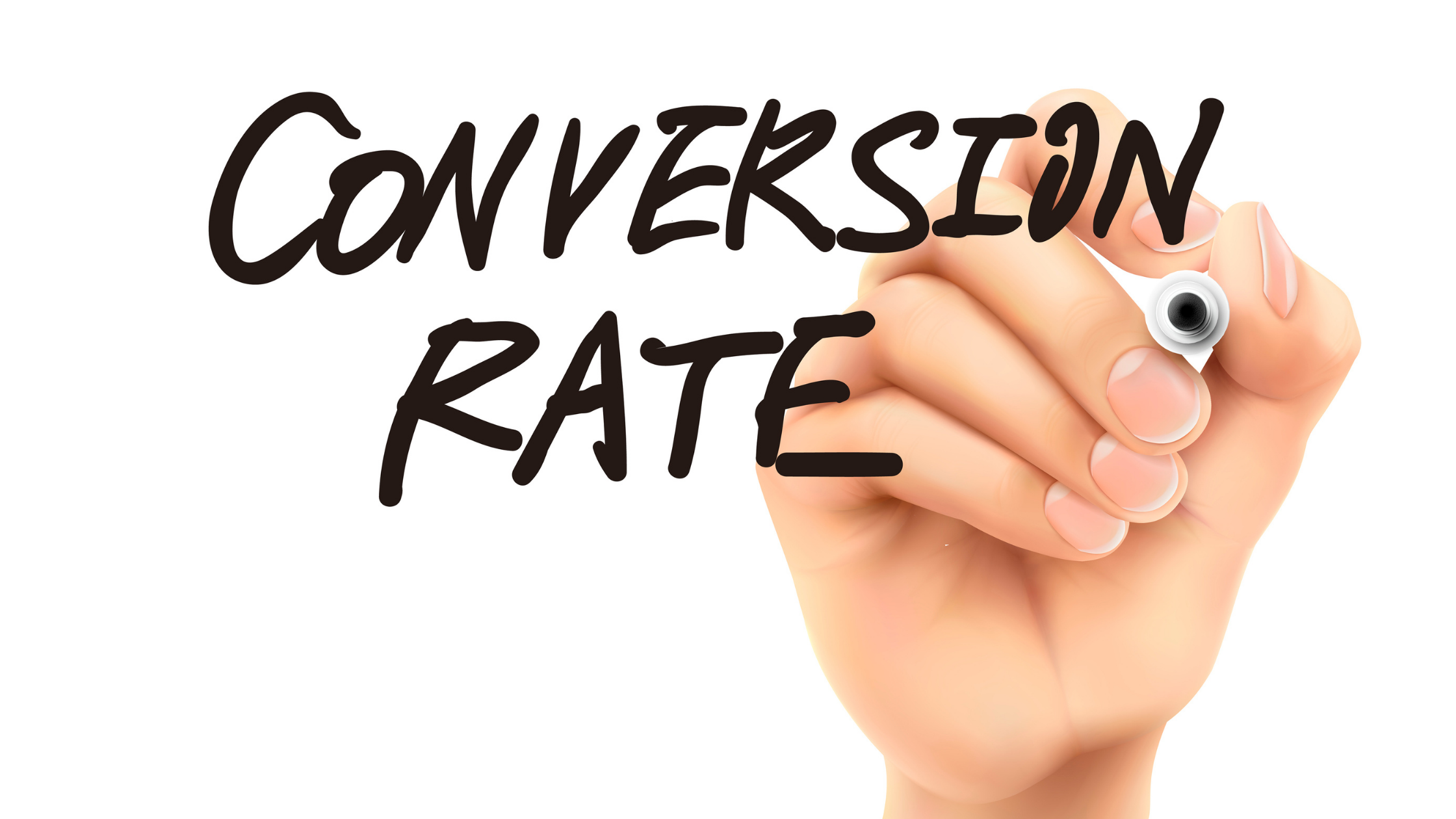
Lately, so much of the digital marketing discussion has focused on paid media, how to grow your social reach, and Apple’s recent iOS update and its impacts. To us, more tangible, quick wins come from leveraging the traffic that’s already coming to your site. Your website may be missing the mark on a few key sections that can ultimately make or break your conversion rate – or the rate of website visitors turning into customers. In recent years CRO (conversion rate optimization) has become a main focus for digital marketers; however, there is still a lack of understanding from established brands and new DTC startups. In fact, for every $92 spent acquiring customers, only $1 is spent converting them. To nurture appreciation for CRO, we’ll walk through key quick wins that will help you convert your audience and drive sales.
1. You MUST have a powerful CTA strategy
Your CTA strategy is a vital part of your site, and it’s important to have a strong strategy throughout the site, not just the homepage. Your CTAs should be clear, easy to find, engaging, intuitive and informative. The language should be direct and perhaps most importantly, there should be a linking strategy in place. Put yourself in your audience’s shoes. Is it clear where this CTA will take me? Once you add all the elements together it’s a piece of cake and a vital part of CRO. In fact, clear and powerful CTAs on a landing page can increase your conversion rate optimization by 80%.
2. Think you don’t need a search bar? Think again!
Most people think their site does not need a search bar due to a small product offering. In fact, this is not true. Even with a small offering, on-site search has huge benefits. Conversion from on-site search is usually 3X that of sessions that are lacking search. Studies have shown that nearly 40% of users go directly to the search box upon entering a site. In addition, search bar supports product findability ultimately leading to increasing AOV and conversion, provides insight into product offering and optimizing SEO efforts, and can be an additional resource for customers.
3. Navigation Structure is key
Did you know that 25% of shoppers do not buy from a website if the navigation is too complex? Think of your navigation as the street signs of a website. Your customers should easily be able to find what they’re looking for, so it’s important to think of the structure from their point of view – the sections of your site and product categories should make it easy for product findability. The navigation structure should house links to your product categories, “shop all”, brand messaging and, if needed, account login information. This is also critical for mobile site visitors, as your “hamburger navigation” on mobile is usually the highest clicked content. Therefore, it should be clear, concise, and still provide a good user experience on a small screen.
4. Let them “Shop All” and Segment Your Products
Allow your audience to shop the full assortment of products to understand the site’s offering. This also encourages browsing, thereby increasing the chances of a purchase. The shop all page is also an important landing page for traffic driving efforts. Additionally, layered navigation also known as faceted navigation is an essential part of a site’s infrastructure, especially when dealing with large product catalogs. Facets encourage product findability as they allow customers to drill down to locate the product they are seeking. When creating facets, make sure they are relevant to the product assortment, there is an appropriate number of categories, and allow the user to facet on multiple criteria.
5. Make it stick
By adding a sticky add to cart button on mobile product detail pages (PDPs) your audience is 10% more likely to complete a purchase. Further research has shown that less than 25% of customers scroll past the add to cart button on mobile PDP therefore missing essential product features and benefit information along with the potential cross-sell/up-sell and and even customer testimonials.
6. Build a community
Shoppers today want to resonate with a brand so it’s important to incorporate user generated content, customer testimonials, an “about us” section and blog. Not only do these sections help tell a story about the brand, they establish credibility and engage the shopper. Research shows that 92% of customers rely on online reviews before making a purchase.
These six wins are vital for your site’s CRO and we hope you found them enlightening and helpful. With a CRO strategy in place, you’ll find your audience converting to customers, therefore driving sales. If you want to know more about increasing your CRO or how PCR can help, contact us. We look forward to hearing from you!





